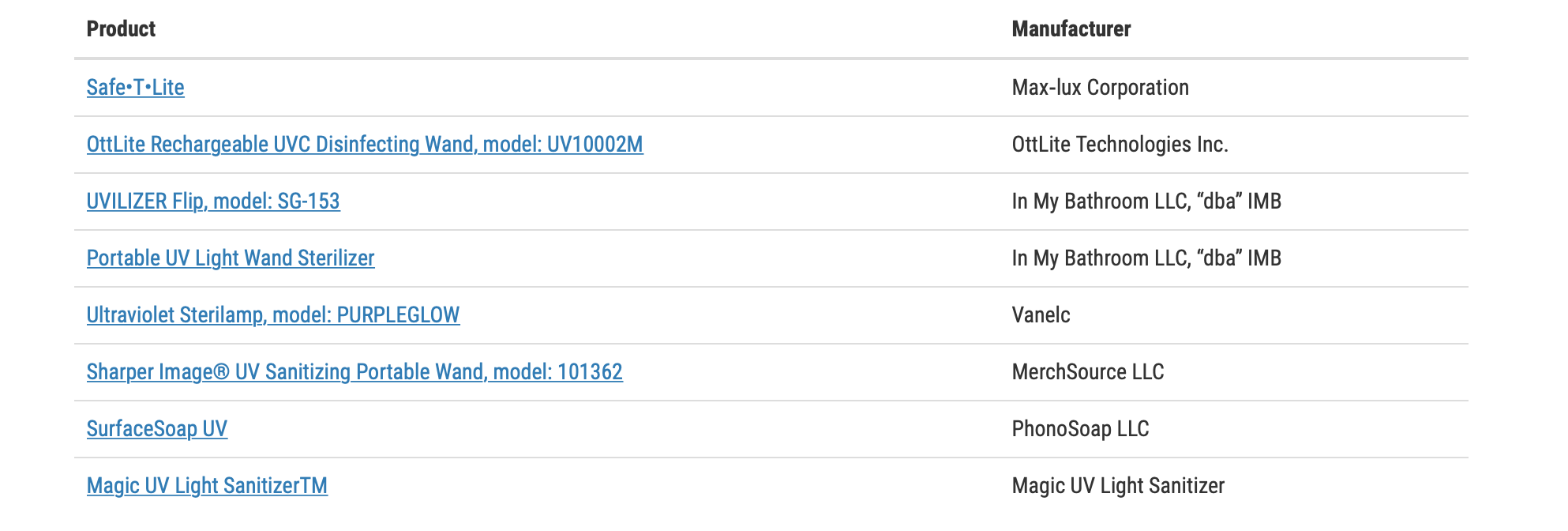EPA designates five economy-wide categories of entities potentially affected by the proposed rule:
- PFOA and/or PFOS manufacturers (including importers and importers of articles)
- PFOA and/or PFOS processors
- Manufacturers of products containing PFOA and/or PFOS;
- Downstream product manufacturers and users of PFOA and/or PFOS products; and
- Waste management and wastewater treatment facilities.
Given the widespread historic use of PFOA and PFOS for fire suppression and in the manufacture of consumer products and packaging, the proposed rule has wide-reaching impact and EPA's "categories" confirms the same.
Designation as Hazardous Substances
There are two ways that a substance may defined as a "hazardous" substance under CERCLA. The first is automatic when the substance is identified as hazardous or toxic pursuant to other specified federal environmental statutes (such as the Clean Air Act, Clean Water Act, Resource Conservation and Recovery Act, etc.). The second is where the substance is designated as hazardous pursuant to CERLCA Section 102. EPA's rulemaking is pursuant to CERCLA Section 102(a) which allows EPA to promulgate regulations designating as hazardous a substance "which, when released into the environment may present substantial danger to the public health or welfare or the environment." 42 U.S.C. § 9602(a).
Notably, EPA has never exercised its authority pursuant to Section 102(a) before so it has not previously issued an interpretation of the standard for designating a hazardous substance under CERCLA. The proposed rule conducts such an analysis to defend its rulemaking. Given that EPA has not used its authority in this manner before, expect this to be an area of focus for future legal challenges.
"Direct Impact" of the Proposed Rulemaking
EPA identifies three direct effects of the proposed rule. First, any person in charge of a vessel or facility must report releases of PFOA and PFOS of one (1) pound or more within a 24-hour period. EPA acknowledges this will apply to very few facilities/vessels because the Agency's estimate is that this will cause an increased cost of $561/release and an estimated annual cost of $370,000. The second direct effect is that Federal agencies would be required to meet all of the property transfer requirements of CERCLA 120(h) when selling or transferring Federally-owned real property. This would require providing notice when any hazardous substance was stored for one year or more, known to have been released or disposed of, and providing a covenant warranting that all remedial action necessary to protection human health and the environment with respect to hazardous substances has occurred before the transfer (or will be conducted by the Federal government after the transfer). With PFOA and PFOS included as hazardous substances, Federal agencies would need to consider those compounds in any property transfer notice. The third direct effect is that upon designation as a hazardous substance, the Department of Transportation (DOT) would be required to list and regulate PFOA and PFOS as hazardous materials under the Hazardous Materials Transportation Act (HMTA).
"Indirect Impacts" of the Proposed Rulemaking
EPA seemingly acknowledges that the real "action" of this proposed rulemaking is what the agency considers "indirect, downstream effects" of the designation. These "indirect effects" include:
- EPA and other agencies exercising delegated CERLCA authority to respond to PFOA and PFOS releases and threatened releases without making the imminent and substantial endangerment finding that is required for responses now.
- EPA and delegated agencies could require potentially responsible parties ("PRPs") to address PFOA and PFOS releases that pose an imminent and substantial danger to public health or welfare or the environment.
- EPA and delegated agencies could recover PFOA and PFOS cleanup costs from PRPs, "to facilitate having polluters and other PRPs, rather than taxpayers, pay for these cleanups."
- Private parties that conduct cleanups that are consistent with the National Oil and Hazardous Substances Contingency Plan (NCP) could also recover PFOA and PFOS cleanup costs from PRPs.
EPA asserts that the CERCLA designation would "likely increase the pace at which cleanups occur because it will allow the Federal government to require responsible private parties to address releases of PFOS and PFOA at sites without other ongoing cleanup activities, and allow the government and private parties to seek to recover cleanup costs from PRPs assuming relevant statutory criteria are met."
EPA considers CERCLA response actions, including the investigation of hazardous substance releases and determining if removal or remedial action is necessary, to be "contingent, discretionary, and site-specific actions" as compared to the "only automatic, private party obligation that flows from designation as a CERCLA hazardous substance" which is the obligation to report releases of PFOA and PFOS. EPA uses this apparent distinction to assert that this designation "does not create new costs, but rather allows costs to be shifted from the taxpayer to parties responsible for pollution under CERCLA" and that "[e]ven in those circumstances, where the government is able to transfer costs, a private party's ability to pay response costs is taken into account under the statute and in EPA's implementation" of CERCLA.
Read full from Michael Best & Friedrich:
https://www.michaelbest.com/Newsroom/296003/EPA-Advances-Rule-to-Designate-PFOA-PFOS-as-CERCLA-Hazardous-Substances

